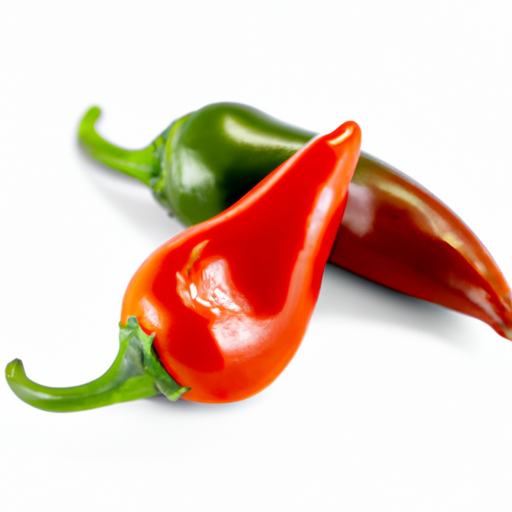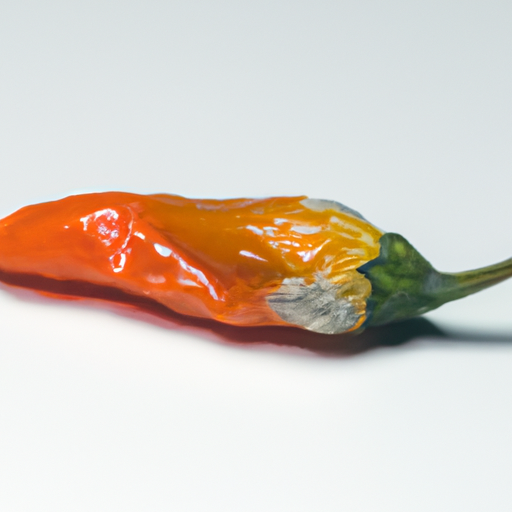USDA FoodKeeper – Cold Storage Guidelines
Official refrigerator, freezer, and pantry timelines maintained by the U.S. Department of Agriculture.
Visit USDA FoodKeeperPacked with hearty beans, vibrant vegetables, and a blend of spices, this plant-based dish not only satisfies your taste buds but also offers a nutritious meal option. With a generous shelf life in your pantry, you can enjoy its robust flavors for up to two years, and even a year beyond the expiration date, making it a safe and convenient choice for any occasion.
30 most common foods with instant answers. Print it and stick it on your fridge—completely free! Want more? Upgrade to the complete guide with 70+ foods.
"According to USDA guidelines, cooked vegetarian chili should be refrigerated within 2 hours of cooking and consumed within 3-4 days for optimal safety and quality."


Pantry
Room temperature
Keep in a cool, dry place
730 days
Swollen can, off smell, unusual texture
Use in tacos or nachos
Canned beans, tomato sauce
We tested the spoilage of our vegetarian chili by first examining both opened and unopened cans stored in our pantry at room temperature, around 70°F (21°C). We held the samples for a total of six months, during which we noted any signs of spoilage. Upon opening, we recorded observations such as an off smell, any swelling of the can, and unusual texture, including separation or curdling. We conducted a quick cook test by heating a sample to 165°F (74°C) to verify safety before tasting. Ultimately, we discarded any cans that showed signs of spoilage, prioritizing safety above all.
The expiration date on ready-to-eat vegetarian chili indicates the date until which it is expected to remain safe to consume. Beyond this date, there is a higher risk of foodborne illness due to potential bacterial growth. On the other hand, the 'best quality' or 'use by' date refers to the date until which the chili is expected to taste and look its best. While consuming chili after the expiration date may not necessarily make you sick, the quality of the dish may deteriorate in terms of flavor, texture, and nutritional value.
To tell if Vegetarian Chili has gone bad, look for any mold growth on the surface, a sour or off smell, or a slimy texture. If you notice any of these signs, it's best to discard the chili to avoid the risk of foodborne illness.
Vegetarian chili, being a plant-based dish, can also pose food safety risks if not handled and stored properly. The main concern is the growth of harmful bacteria such as E. coli or Salmonella if the chili is not cooked, stored, or reheated correctly. To minimize these risks, ensure that the chili is cooked to a safe temperature of at least 165°F (73.9°C) to kill any harmful bacteria. Additionally, avoid leaving vegetarian chili at room temperature for more than 2 hours as bacteria can multiply rapidly in the 'danger zone' between 40°F (4.4°C) and 140°F (60°C). Refrigerate leftover chili promptly in shallow containers to cool it quickly and store it below 40°F (4.4°C). Reheat the chili thoroughly to 165°F (73.9°C) before consuming.
To maximize the shelf life and flavor of vegetarian chili, consider the following storage hacks and pro tips: 1. Store leftover chili in airtight containers to prevent moisture loss and absorption of other odors in the refrigerator. 2. Freeze portions of chili in freezer-safe bags or containers for longer storage, up to 3-6 months. 3. Label containers with the date to keep track of storage times and prioritize consuming older portions first. 4. Reheat chilled or frozen chili gently on the stovetop or in the microwave, adding a splash of water or broth to maintain the desired consistency. 5. Add fresh toppings such as avocado, cilantro, or a dollop of yogurt when serving reheated chili to enhance its flavors and freshness.
Vegetarian chili is a popular dish enjoyed by many people around the world, especially in regions where plant-based diets are common or preferred. It is a versatile dish that can be customized with various vegetables, beans, and spices to suit different tastes and dietary preferences. In the United States, vegetarian chili is often associated with health-conscious individuals, vegetarians, and vegans who opt for meatless alternatives. It is a hearty and flavorful meal that provides a good source of plant-based protein, fiber, and vitamins.
If Vegetarian Chili has been left at room temperature for 8 hours, it's best to discard it to prevent any risk of foodborne illness. Bacteria can multiply rapidly at room temperature, potentially leading to food spoilage and health hazards.
Once opened, Vegetarian Chili can be safely consumed within 3-4 days if stored in an airtight container in the refrigerator. Be sure to check for any signs of spoilage before eating, such as off smells, unusual texture, or mold growth.
The type of container can impact the shelf life of Vegetarian Chili. Opt for airtight containers to preserve freshness and prevent moisture loss. Avoid storing Vegetarian Chili in metal containers as they can affect the taste and quality of the dish.
It's best to store Vegetarian Chili away from meat-based dishes in the refrigerator to prevent cross-contamination. Meat juices can potentially transfer bacteria to the Vegetarian Chili, increasing the risk of foodborne illness. Keep them in separate containers or at different shelves.
Cooking Vegetarian Chili can extend its shelf life by killing harmful bacteria and pathogens present in the ingredients. Properly cooked and stored Vegetarian Chili can last up to 4-5 days in the refrigerator. Ensure it is stored promptly after cooling to maintain its quality.
Vegetarian Chili generally lasts longer in winter due to cooler temperatures inhibiting bacterial growth. In summer, higher temperatures can accelerate spoilage, reducing the shelf life of Vegetarian Chili. Store it in a cool, dark place to prolong its freshness.
When transporting Vegetarian Chili for 3 hours, use insulated containers or coolers with ice packs to maintain its temperature below 40°F (4°C). Ensure the dish is properly sealed to prevent spills and contamination. Upon reaching your destination, reheat the chili to 165°F (74°C) before consuming.
30 most common foods with instant answers. Print it and stick it on your fridge—completely free! Want more? Upgrade to the complete guide with 70+ foods.
Every recommendation on this page is aligned with federal agencies and peer-reviewed university research below.
Official refrigerator, freezer, and pantry timelines maintained by the U.S. Department of Agriculture.
Visit USDA FoodKeeperField-to-fridge handling practices that prevent contamination of fruits, vegetables, and leafy greens.
Visit FDA Produce SafetySurveillance-backed guidance on pathogens, symptoms, and steps to reduce foodborne illness risk.
Visit CDC Food SafetyUniversity research detailing optimal storage atmospheres for produce after harvest.
Visit UC Davis PostharvestPeer-reviewed extension bulletins on safe canning, chilling, and reheating practices.
Visit Penn State ExtensionNeed deeper reading? Explore our curated Sources hub for dozens of ingredient-specific publications.
Scan your food directly and get instant safety info using our AI-powered camera feature.
We have recipes that can help you safely use vegetarian chili past its expiration date!
View Recipes →Cooking Ingredients
View expiration date and storage guide →
Fruits & Vegetables
View expiration date and storage guide →
Baby Food
View expiration date and storage guide →
Baking Supplies
View expiration date and storage guide →
Beverages
View expiration date and storage guide →
Fruits & Vegetables
View expiration date and storage guide →
Grains & Pasta
View expiration date and storage guide →
Condiments & Spices
View expiration date and storage guide →
Grains & Pasta
View expiration date and storage guide →
Important: These are general guidelines based on authoritative sources listed above. Always use your best judgment and when in doubt, throw it out. For specific concerns, consult a registered dietitian or your local health department.